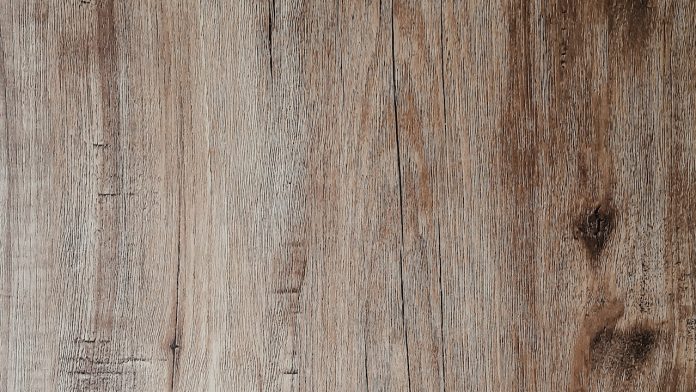Chipper blades efficiently chop wood into smaller, more manageable pieces by combining cutting angles, sharp edges, and high-speed rotation. These blades, mounted on a rotor or drum inside the wood chipper, come into contact with the wood material as it is fed into the device. The chipping begins when the blades’ cutting edges sever through the wood.
The quality and size of the wood chips generated are determined mainly by the blades’ design and sharpness, making them an essential part of a wood chipper’s overall operation. To learn more about wood chipper blades, click on the link https://www.jyfmachinery.com/wood-chipper-blades-for-wood-chipper/. The blades’ high rotational speed produces a lot of force, enabling them to chip and push the wood pieces out of the discharge chute efficiently.
Maintenance Guidelines for Storing Wood Chipper Blades
Here is particular upkeep advice designed for winter storage to assist you in shielding the wood chipper blades throughout the winter.
Thorough Cleaning
It’s crucial to thoroughly clean wood chipper blades before putting them away for the winter. Clear away any collected residues, sap, and wood debris. Over time, residual contaminants on the blades may cause corrosion, mainly when moisture is present. To remove obstinate particles gently, use a scraper or wire brush. Then, to ensure no more particles are on them, wipe the blades with a fresh, dry towel.
Examine for Damage
Give the blades a thorough examination for any wear or damage indications. Examine the blade’s surface for anomalies, such as chips or cracks. Potential problems can be avoided from worsening during the dormant season by identifying and fixing them before storage. If damage is found, consider whether it must be repaired before storing it. Smaller problems might be fixed with simple repairs or sharpening, but larger damage might require replacing the blade.
Apply Lubrication
During winter storage, lubrication is essential to preventing rust and corrosion. Apply an appropriate lubricant, such as penetrating oil or rust inhibitor, to the whole surface of the blades. Be especially mindful of the edges of the blades and any areas where moisture may collect in gaps.
Take Out and Store Blades Correctly
Depending on how your wood chipper is made, you can take out the blades and store them separately. Attempt to remove the blades by following the instructions provided by the manufacturer. This guarantees that the entire blade surface is sufficiently treated and permits easier access during maintenance.
The blades should be kept out of direct sunlight and in a dry, well-ventilated location. Any possible damage or warping can be avoided by hanging the blades or setting them on a spotless, dry surface.
Make Use of Blade Guards
Blade protectors offer an additional line of defense when being stored; they are often composed of rubber or plastic. To protect the blade edges from potential harm and environmental elements, place these guards over the edges. Additionally, blade protectors enhance safety by minimizing the risk of accidental cuts or injuries when handling the blades.
Control the Humidity in the Storage Area
Rust and corrosion can be further exacerbated by high humidity. The wood chipper and its blades should ideally be kept in a climate-controlled space. Retaining a constant low relative humidity will reduce the likelihood of the blades being harmed by moisture.
To regulate the humidity levels in the storage room, think about utilizing desiccants or dehumidifiers. This is particularly crucial if the wood chipper is kept in a shed, garage, or other area where humidity swings are possible.
Examine Once More before Using
When the wood chipper needs to be used again after the winter season ends, make sure to give the blades one last check. Verify that there have been any alterations in the state and that the lubricant is still effective, and remove the blade protector.
Make sure the blades are firmly in place and show no evidence of damage or misalignment if the wood chipper is kept with its blades attached. To guarantee secure and effective functioning, take quick action to resolve any problems.
Conclusion
The state and functionality of wood chipper blades must be maintained through proper winter storage maintenance. Damage and corrosion can be avoided during the dormant season by performing thorough cleaning, inspections, lubrication, and preventative measures. Your wood chipper blades will last longer, operate more efficiently, and be safe to use if you pay attention to these particular suggestions and make sure they’re ready to go when winter ends.

















